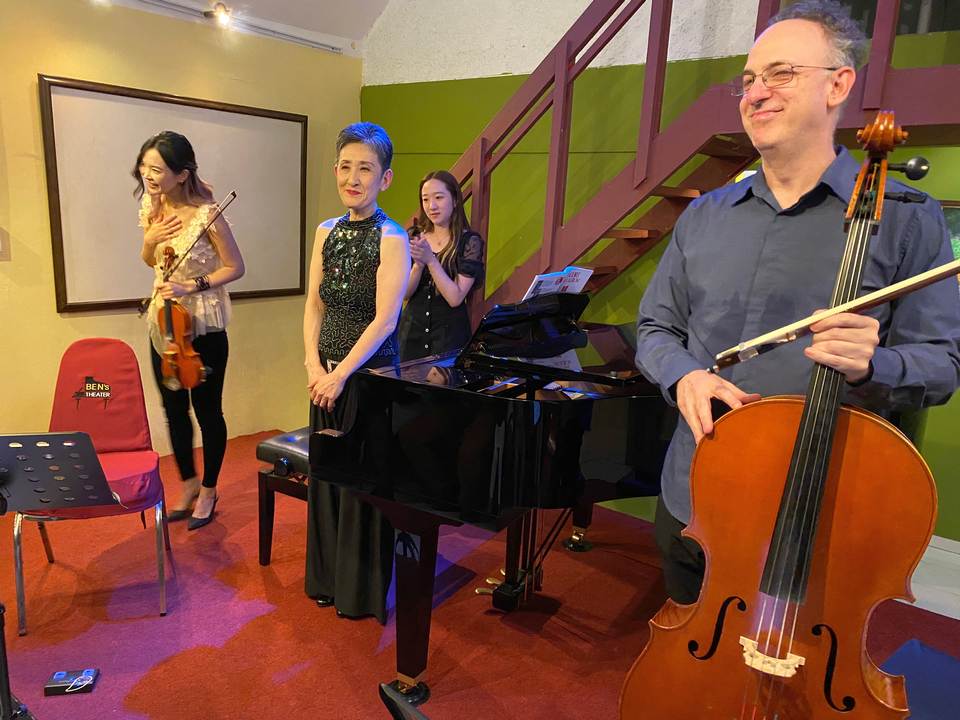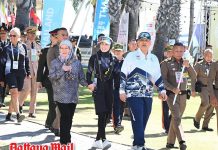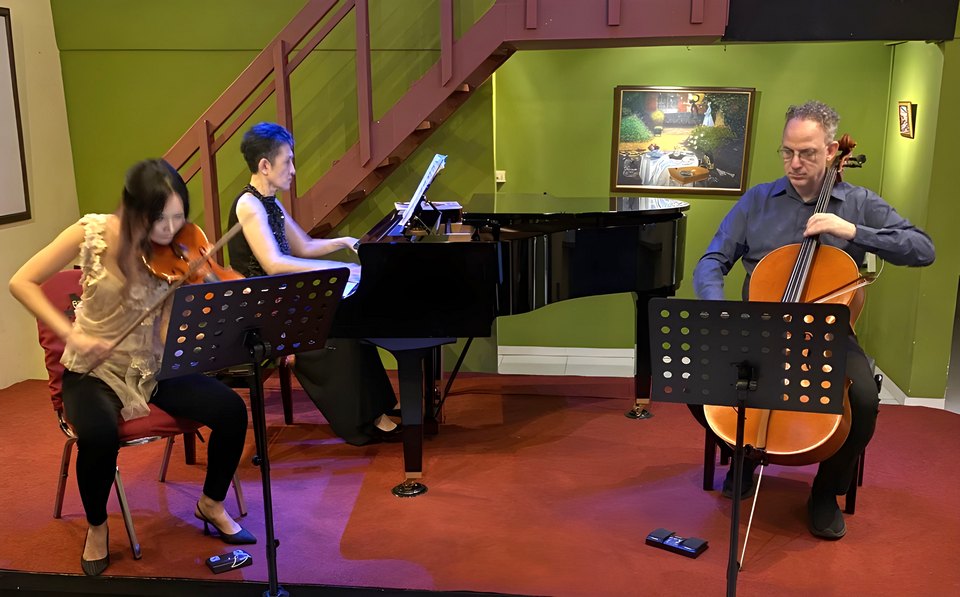
A few days ago, there was a rare opportunity at Ben’s Theater in Jomtien to hear a concert given by three distinguished musicians with many achievements in their individual careers. Plenty of people took the opportunity, because it was a full house. The concert, entitled Trios of Elegance and Passion, featured Japanese musicians Anna Takeda (violin) and Eri Nakagawa (piano), with the American cellist Adam Satinsky. The concert opened with a performance of the Piano Trio in D minor Op. 120 by the French composer Gabriel Fauré.
The high opus number reveals that this was one of the composer’s later works, and it was written just a year before he died in 1924. The work was composed at the suggestion of Jacques Durand, the proprietor of the distinguished French publishing company of the same name. Fauré dutifully began the new piece at first in Paris and continued working while on holiday. At the time, Fauré was at the top of his career: he had already composed two piano quartets, two piano quintets, pieces for solo strings and piano and dozens of songs. Even today, every aspiring cellist has played (or tried to play) Fauré’s Elégie and Sicilienne.
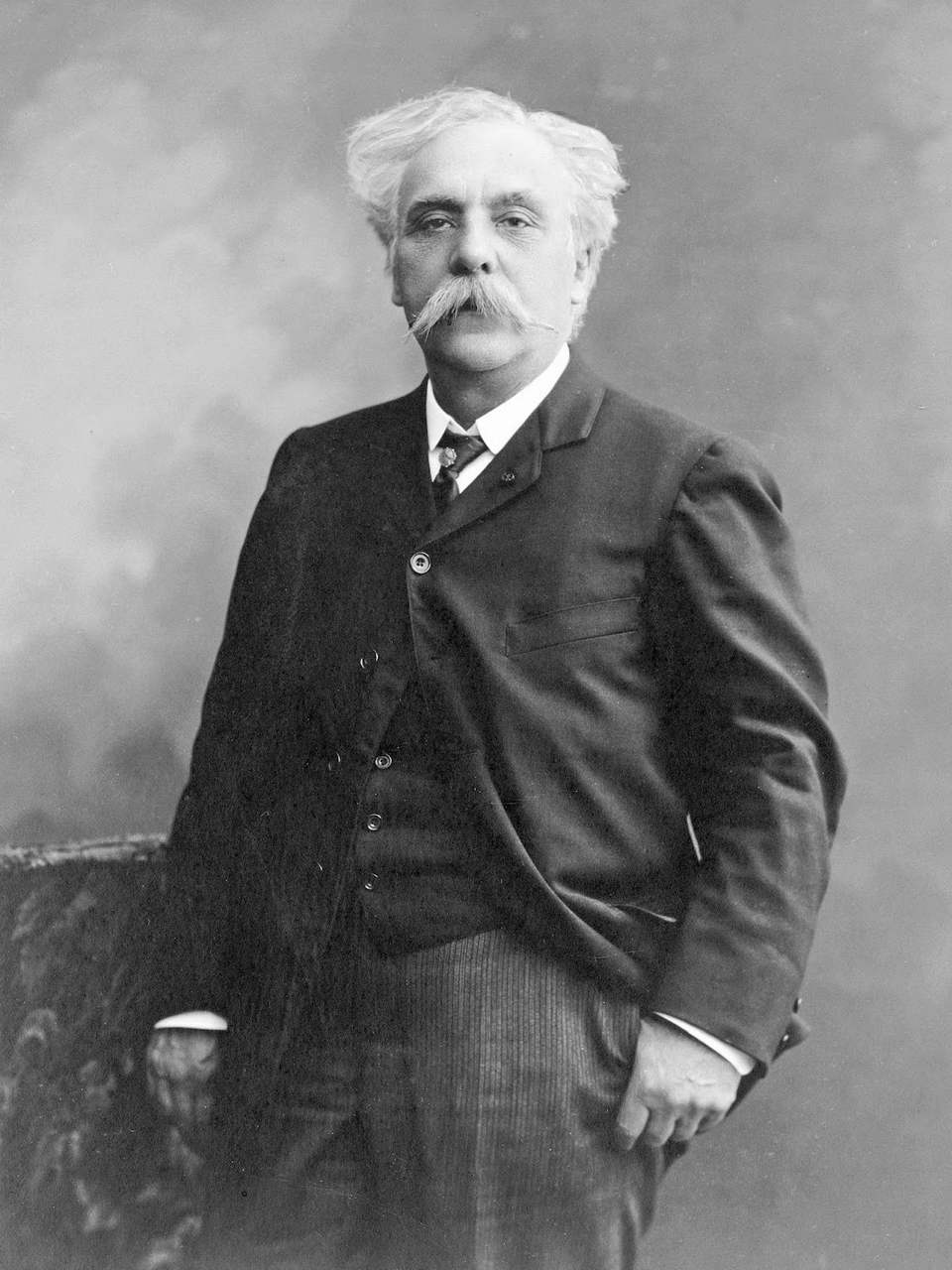
The first performance of the Piano Trio was a resounding success and the reviewer for the Parisian newspaper Comoedia wrote that it was “a beautiful work that enriches the chamber music repertory”. However, the composition process was exhausting. Fauré wrote to his wife, “The trouble is that I cannot work for long at a time. My worst tribulation is a perpetual fatigue.” You’d never have guessed, for the work is an optimistic and joyful work. It follows a traditional format: a medium-tempo first movement, a slow movement and a lively finale.
The first opens with a simple piano figure that becomes the accompaniment for a lyrical cello solo, superbly played by Adam Satinsky, whose luminous and vibrant cello tone enlightened the evening. I was also impressed with Anne Takeda’s lovely rich violin tone quality. The intensity of the mood increases as the music drifts through different keys, but throughout the movement, the performance was appropriately restrained, controlled and with excellent instrumental balance. I enjoyed the perfectly phrased piano playing of Eri Nakagawa. In this movement, the piano part is quite “busy” but Eri’s assertive playing blended well with the strings. The dreamy second movement opens in F major with quiet piano chords supporting an elegiac melody on the violin; a curious melody too which – to my ears – seemed to have hints of folk song.
Throughout the movement, there’s skillful string writing with an interplay between the violin and cello parts. The players’ use of rubato was especially effective. Again, the beautiful string tone from Anna and Adam was compelling. I enjoyed Eri’s sensitive playing of the piano melody that dominates the middle part of the movement. It contains a charming cello solo that reaches higher and higher in the range, and surely must be immensely satisfying to play. The movement wanders through several different keys and shows Fauré’s skills of invention. He eventually brings the music back to the movement’s home key of F major, where it ends with sustained notes from the strings and a gentle wavering accompaniment from the piano. The movement is a small gem and it was impeccably performed.
In contrast, the last movement is in fast triple time, with lively cross-rhythms and a great deal of melodic interplay between the instruments. The musicians played the movement with tremendous confidence and élan. The piano part is especially challenging and I was impressed with the sense of ensemble and sparkling playing. There’s a sense of joie de vivre in this movement and the musicians brought out this quality, culminating in a dramatic and positive ending resulting in thunderous applause from the audience.
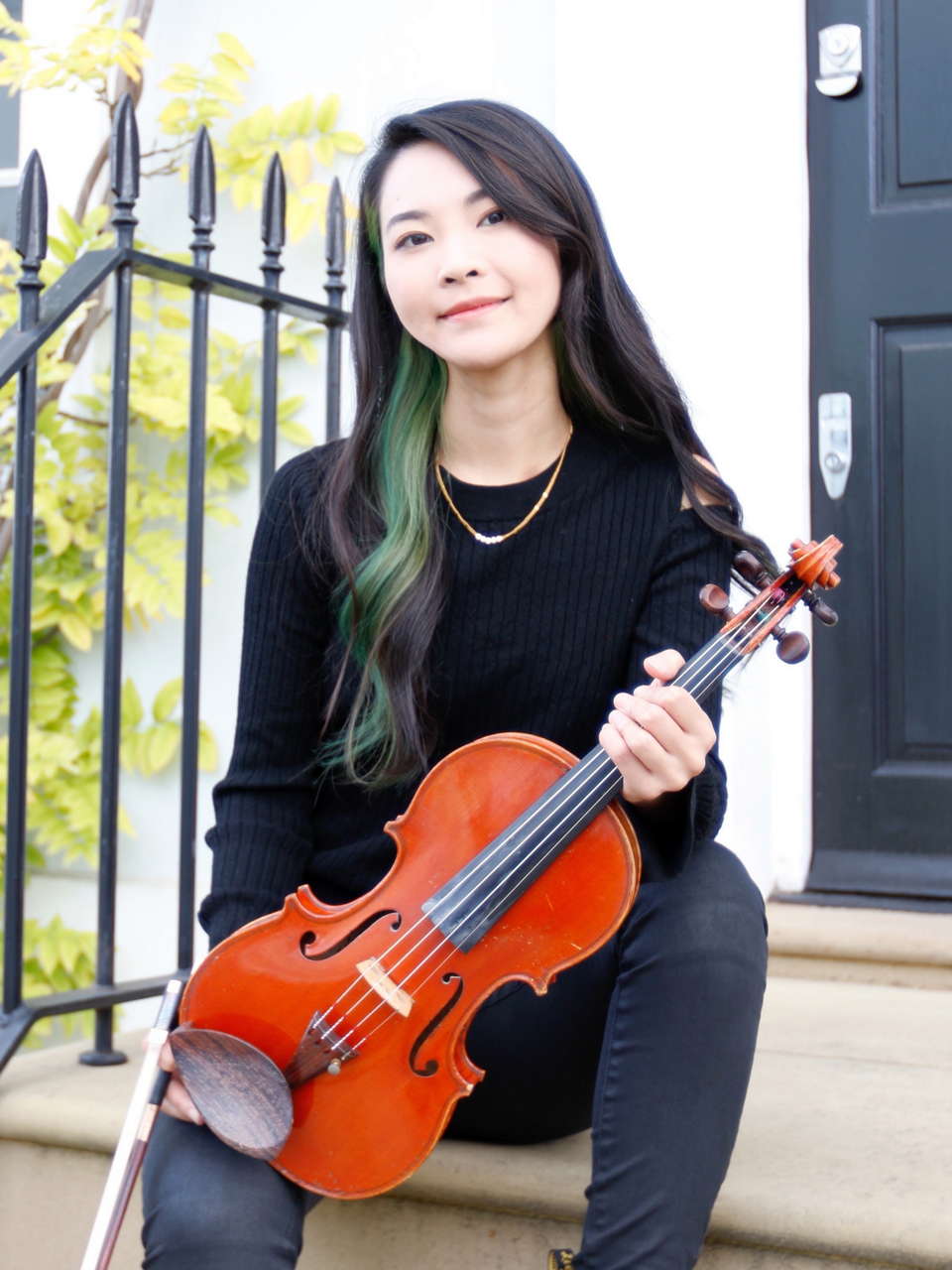
Violinist Anna Takeda studied at Senzoku College of Music in Japan and graduated with a Bachelor of Music degree. She also studied at the Manhattan School of Music in New York for her Master of Music degree. Anna has worked with numerous orchestras and chamber groups including Lincoln Center Stage Quartet, Apple Hill Quartet, Dallas String Quartet, Pro Musica Quartet, Thailand Philharmonic Orchestra, London Symphony Orchestra and the Royal Stockholm Philharmonic Orchestra. She has given solo performances with several orchestras including the National Cuban Symphony Orchestra, the Vietnam National Opera & Ballet Orchestra, the ASEAN Symphony orchestra, the Bangkok Charity Orchestra and the Thai Youth Orchestra.
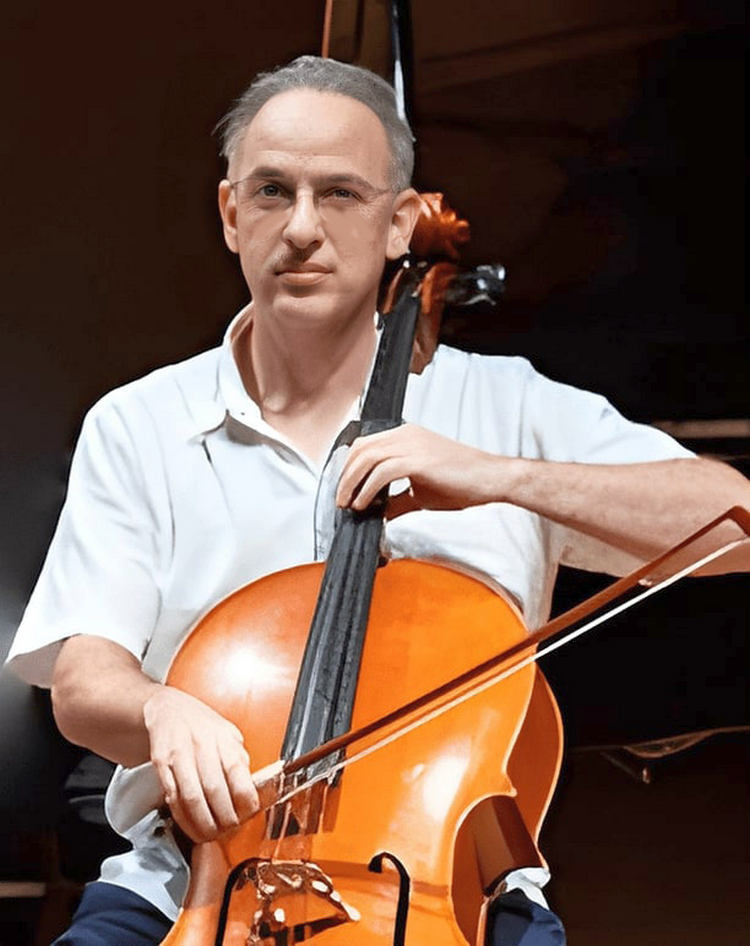
Adam Satinsky recently completed twenty-five years as principal cellist of the Naples Philharmonic in Florida and has become a sought-after performer in concert series throughout the Naples area. From an early age, Adam began winning cello competitions and receiving awards. He won concerto competitions at the Interlochen National Music Camp in Michigan and two years later, he won first prize in the concerto competition at the Peabody Institute in Baltimore. At the age of sixteen he entered the Eastman School of Music and his college degrees include a Bachelor’s of Music and an Artist’s Diploma from Indiana University. He also studied with the renowned Hungarian cellist Janos Starker.
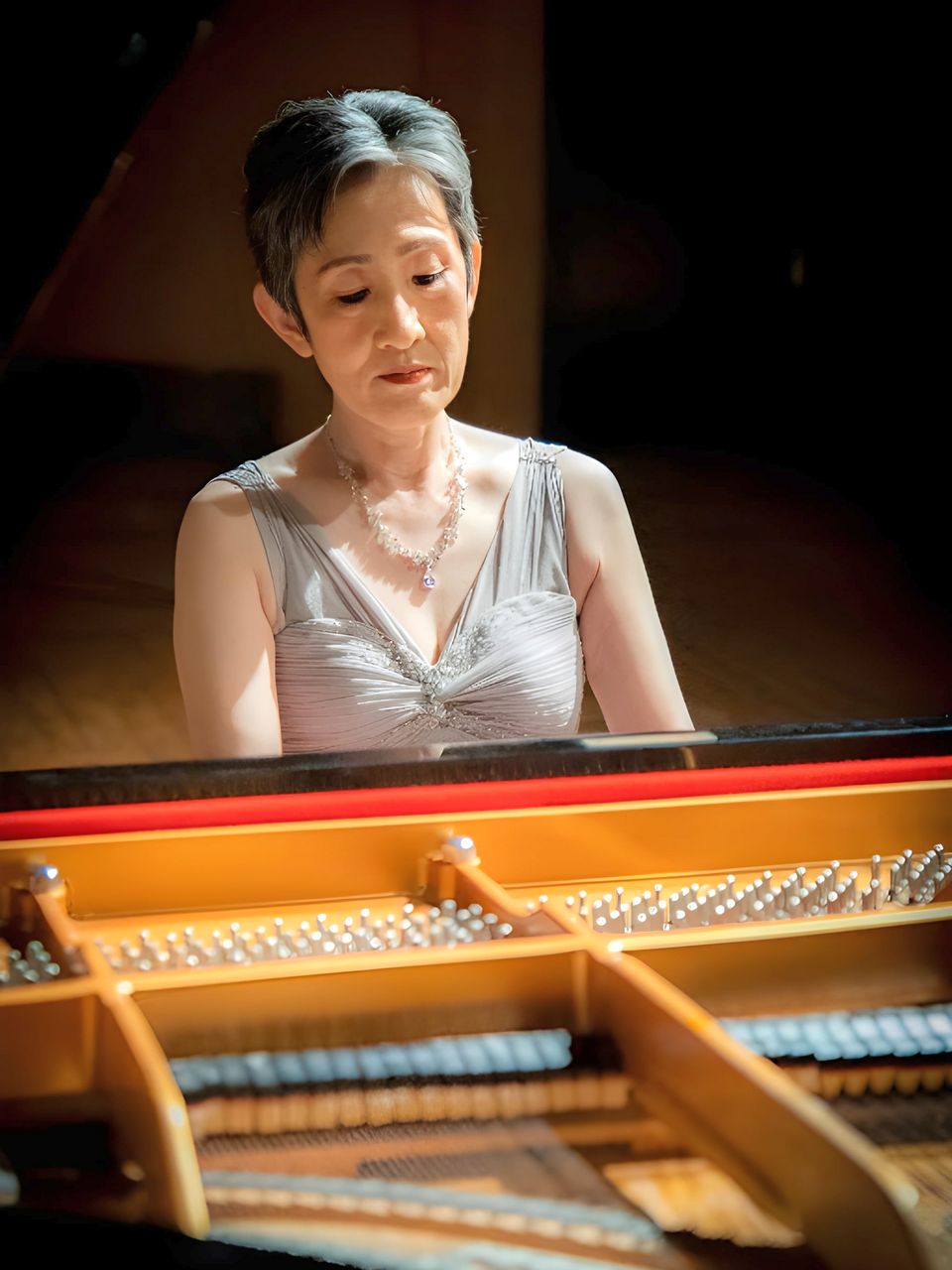
Pianist Eri Nakagawa is from Osaka, Japan, and has been on the Piano Faculty of Mahidol University College of Music since 1995. Before that, she was Assistant Professor of Music Performance at Ball State University, Indiana, where she completed her Master’s and Doctoral degrees. She has been a guest pianist and professor at many universities. Eri has performed at many festivals including the Corfu Festival in Greece and the Sicily International Piano Festival in Catania. At Mahidol University she has performed more than ten concertos including Beethoven Concerto No. 4, Bartók Concerto No. 3, Brahms Concerto No. 1, Prokofiev Concerto No. 3, and Rachmaninoff Concertos Nos. 2 and 3. She has performed Saint-Saëns Concerto No. 5 with the Thailand Philharmonic Orchestra.
The second half of the concert featured the Piano Trio in A minor Op. 50 by Tchaikovsky. He is primarily known for his orchestral works and this was the only thing he wrote for piano trio. Had it not been for his benefactress Nadezhda von Meck, he may never have composed it. She had asked him if he’d consider writing a piano trio, but in his letter of 5 November 1880, he replied: “You ask why I have never written a trio. Forgive me, dear friend; I would do anything to give you pleasure, but this is beyond me … I simply cannot endure the combination of piano with violin or cello. To my mind, the timbre of these instruments will not blend … it is torture for me to have to listen to a string trio or a sonata of any kind for piano and strings…”
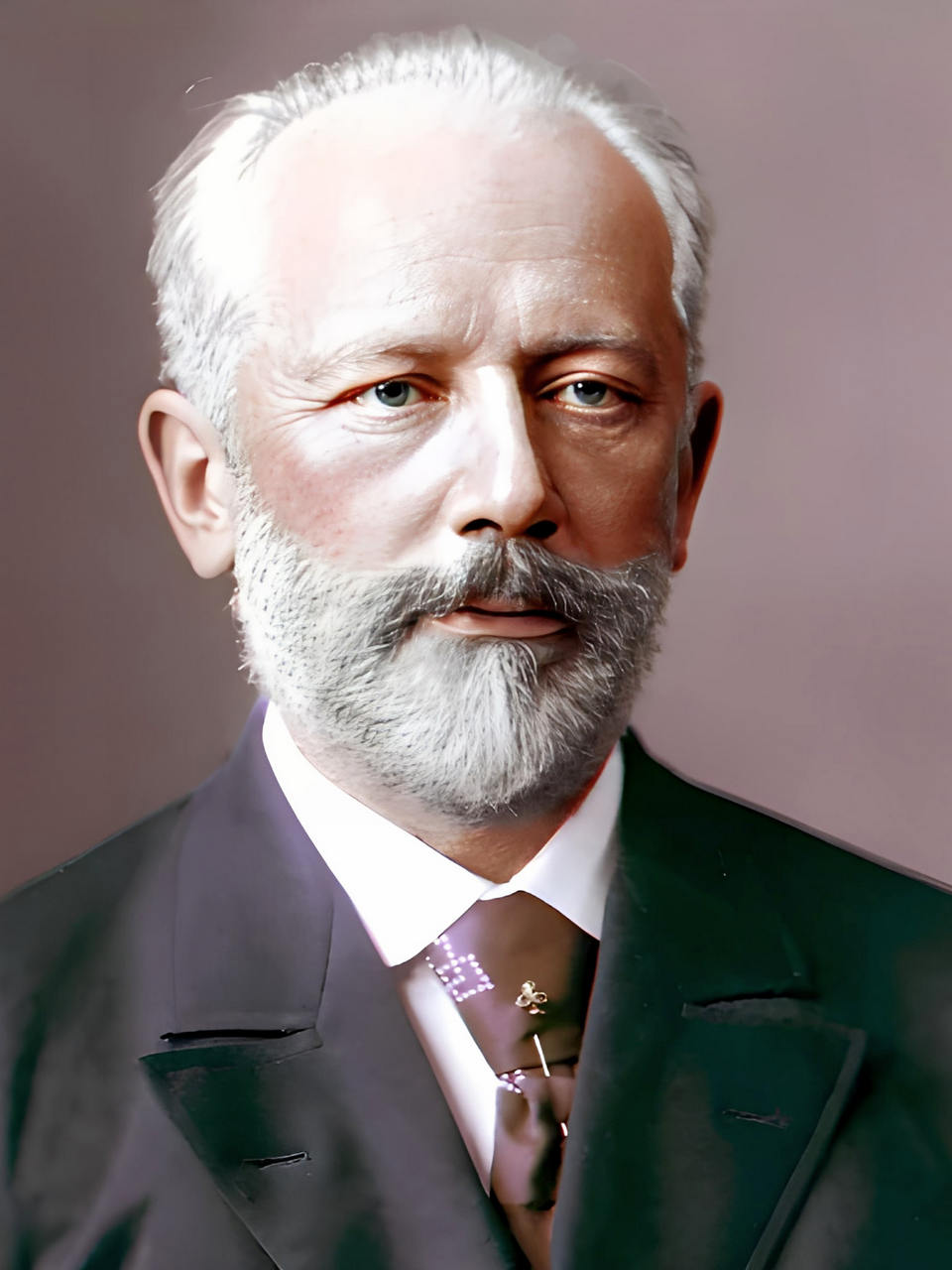
Tchaikovsky clearly must have had second thoughts, because in December 1881, without being asked, he wrote this piano trio. The work was completed by late January 1882 and was dedicated to Nikolai Rubinstein, his close friend and mentor who had died the previous March. Instead of a conventional three-movement form that Fauré used, Tchaikovsky decided on an extended two movement work of some complexity. The first movement runs for about twenty minutes and the second movement is closer to thirty. The work was given private performances in March and April of 1882, but the composer was evidently dissatisfied with the work and made extensive changes before the first public performance in October of that year.

Like the Fauré work, the expansive first movement opens with a cello solo over a rippling piano accompaniment. But there the similarity ends. The movement is dominated by three beautiful and expressive melodies but there are tragic overtones and sometimes even a sense of despondency. This work is technically challenging, not only in terms of playing a lot of notes in a short space of time, but also in dealing with the improvisatory quality and the many sudden changes of mood. Both Anna and Adam gave compelling performances with an excellent sense of ensemble, and Eri’s performance of the difficult piano part was remarkable. The lovely reflective theme, an exchange between violin and cello was beautifully played with telling touches of rubato. After all the sound and fury, the movement ends quietly and mysteriously in A minor.
The monumental second movement is a set of eleven variations followed by a final variation and Coda, which is a quiet funeral march. The movement opens with a piano solo playing the melody on which all the variations are based. I haven’t counted how many times this theme is repeated in various guises during the movement, but it gave me an ear-worm. Perhaps you’ve had ear-worms too, when a musical phrase replays incessantly in your mind and refuses to leave. It is still churning around in my head several days after the concert. I’ve been told that the only way to clear an ear-worm is to pass it on to someone else, so here goes:

It’s a rather curious but strangely attractive hymn-like theme, which was played expressively and sympathetically by Eri. In Variation I the melody is taken up by violin and cello with lovely rippling arpeggios from the piano. Anna and Adam played superbly with a compelling sense of phrase and in Variation II Anna’s immaculate violin technique came to the fore. Eri gave a masterful and brilliantly articulated performance of the tricky staccato passages in the sprightly Variation III and all three brought a sense of passion to Variation IV. The magical Variation V featured the tinkling top notes of the Yamaha piano, brilliantly played by Eri, while Variation VI is a typical joyous Tchaikovsky waltz, performed with tremendous verve by the three musicians. I especially enjoyed Adam’s expressive and agile playing in this movement.
The next variation requires some heroic playing from the piano, which Eri confidently provided. Variation VIII is a busy-sounding fugue and a difficult one at that. We tend not to associate Tchaikovsky with fugues, but this is an especially brilliant one and shows that the composer could turn his hand successfully to almost anything. Variation IX transports the listener to a mysterious minor-key sound-world, with rippling arpeggios on the piano supporting exchanged phrases on the violin and cello. It is sad, rather tragic music and the musicians gave a telling and thoughtful performance. Then suddenly, for Variation X, the music turns into a spiky, Chopin-like mazurka, with some superbly articulated and dance-like playing from Eri. The final extended Variation XI, which some listeners might feel is a bit too extended, contain fiery versions of the original theme, a virtuosic movement by any standards and played brilliantly. In the closing Coda section, the music settles down into A minor for the slow funeral march after which it fades slowly away to the repeated plodding piano bass notes of A and E played by Eri with perfect timing and sensitivity.
It was a compelling performance of a difficult work and the musicians received an enthusiastic reception from the large audience at Ben’s Theater. The musicians then gave two delightful encores, a movement from Schubert and secondly, an arrangement of the popular Anitra’s Dance from Grieg’s “Peer Gynt Suite”. These two pieces were given a rapturous reception and the entire evening made a splendid closing to the season’s concerts at Ben’s Theater.
